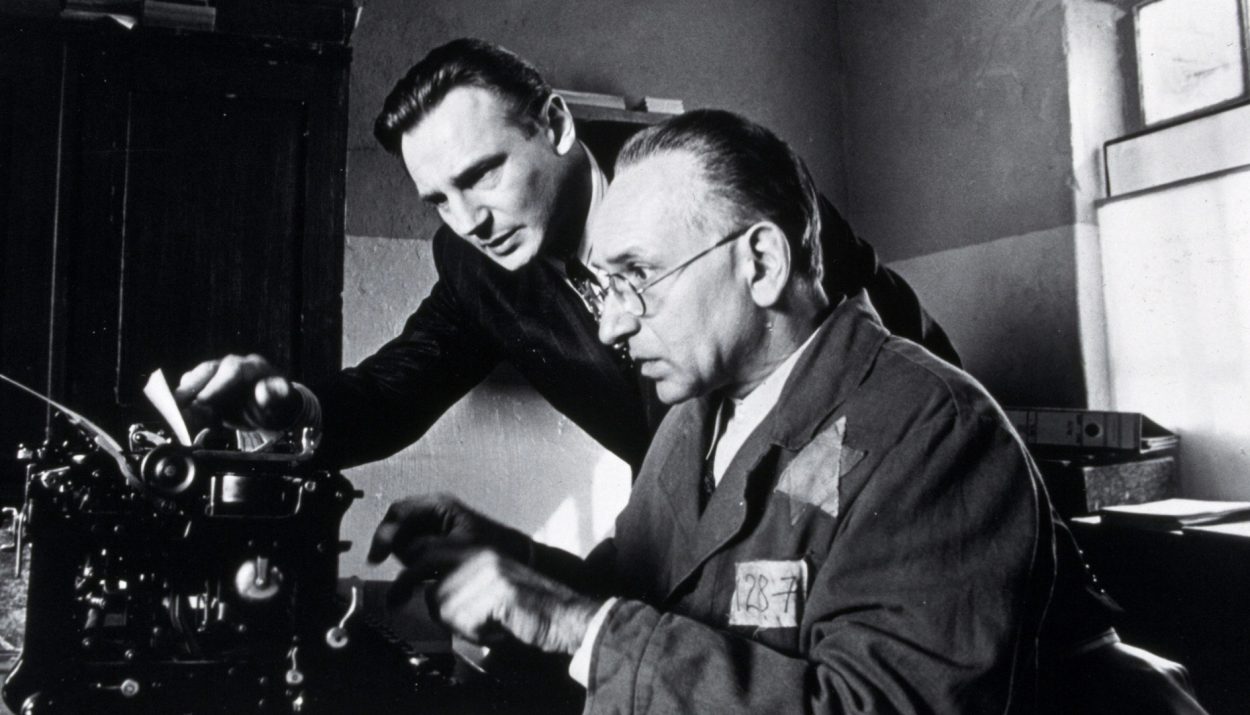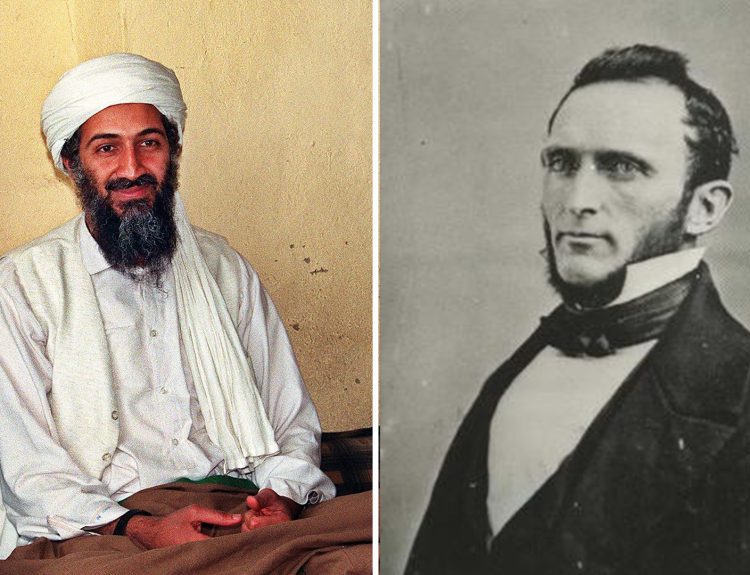Movies are all about creativity, but sometimes, strict decision-making can make or break the quality of a film. This was the case with Schindler’s List, a film produced in 1993 by Steven Spielberg and is considered the most realistic movie about the holocaust.
However, the movie’s impactful story and details may have never had the same effect if Spielberg didn’t stand his ground. What was the issue? Tom Pollock wanted to shoot the film in color instead of black and white.
It All Starts with Tom Pollock
The 90s were dominated by Tom Pollock, a formidable Universal Studios executive credited with releasing 200 hit films. These movies were so successful that they brought the studio $10 Billion in the ’90s.
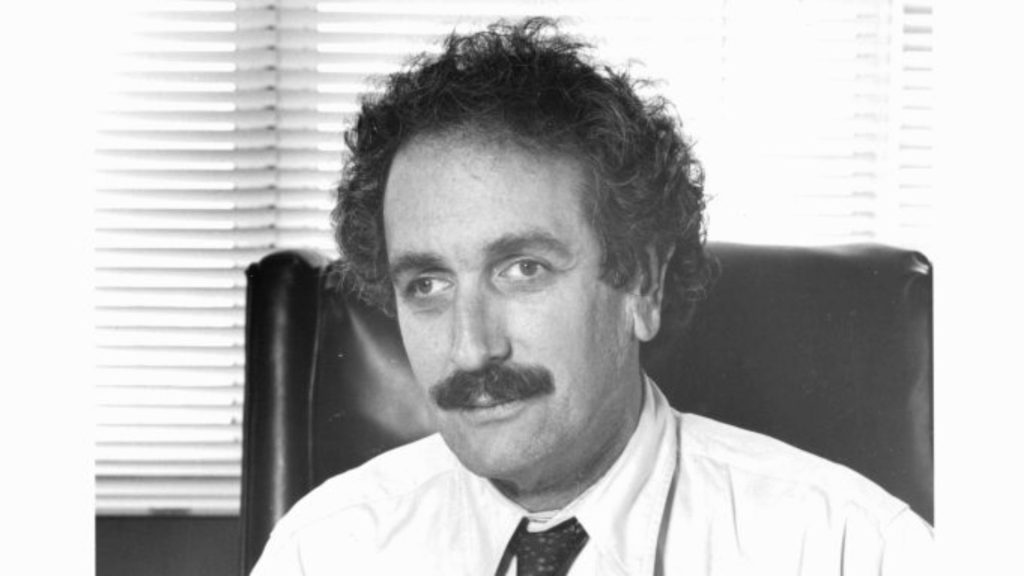
It’s also worth noting that several of these films were nominated for the Best Picture award. So, Pollock was, indeed, a formidable force in Hollywood. However, he would meet his match with Steven Spielberg.
Steven Spielberg Juggled Between Jurassic Park And Schindler’s List
Steven Spielberg worked with Universal Pictures to create Jurassic Park and Schindler’s List, but there was a problem during production. According to reports, Spielberg was under a tight schedule with both movies.
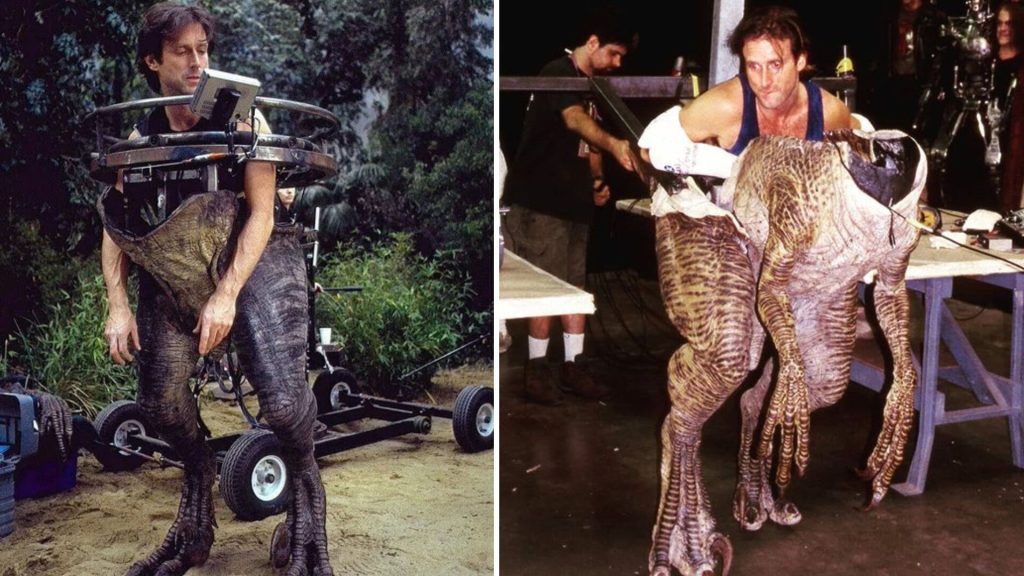
This issue led Pollock to confront the star director, explaining that they needed to release the movies on time. Pollock went as far as to consider reassigning the task to a different director to free Spielberg’s hands.
George Lucas To The Rescue
Spielberg was almost done with his work on Jurassic Park, but the tight deadlines made it harder to focus.
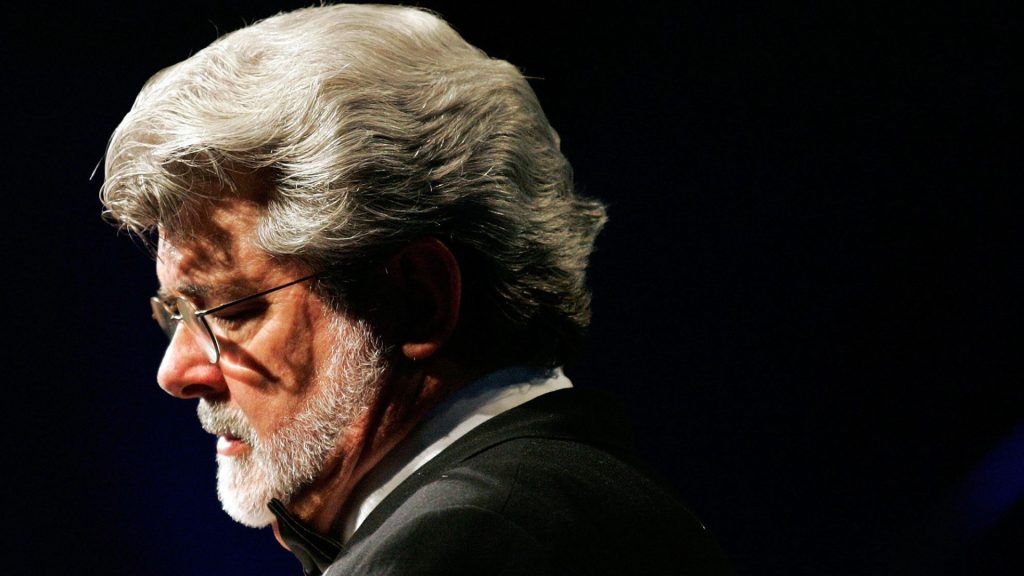
Fortunately, George Lucas came to Spelberg’s rescue. He intervened in the final mix of Jurassic Park and gave Spielberg more energy and free time to work on Schindler’s List. Note that this was Hollywood legend George Lucas.
Who Is George Lucas?
For context on the value of this assist, George Lucsd is a Hollywood filmmaker and philanthropist. He is known for creating the Star Wars and the Indiana Jones movies, bringing life to a franchise that inspired millions of fans and billions in toy sales.
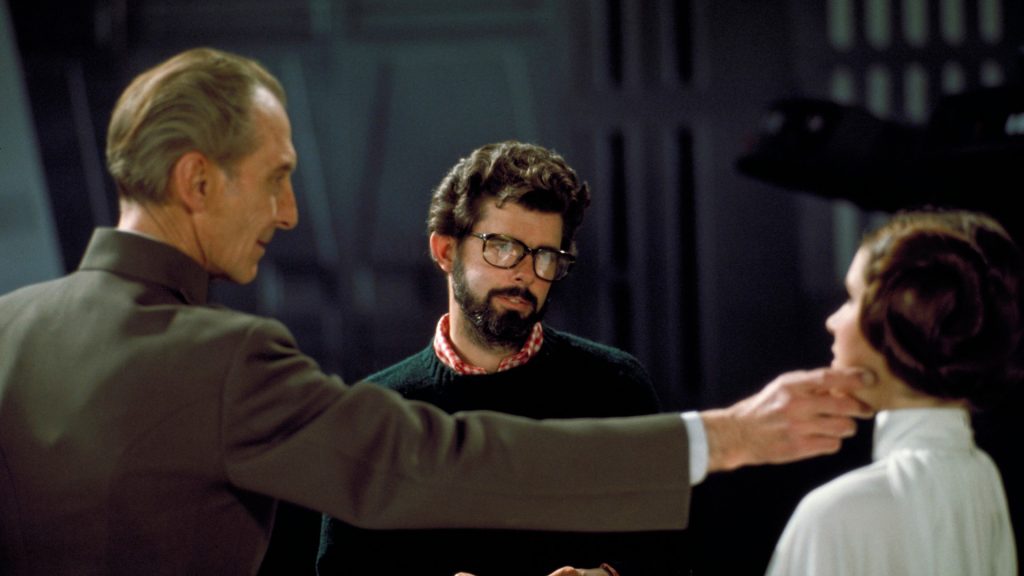
He’s also the founder of LucasFilm, LucasArts, THX, and Industrial Light and Magic. He eventually sold LucasFilm to Disney after serving as Chairman for several years. This legend helped finish the iconic Jurassic Park. But that’s not the focus of this story.
Schindler’s List Must Be Shot In Color
When George Lucas freed up Spielberg’s hands, he finally sought to convey his artistic vision on Schindler’s List. But there was one major problem. Spielberg wanted to shoot this iconic movie in black and white, but Pollock refused.
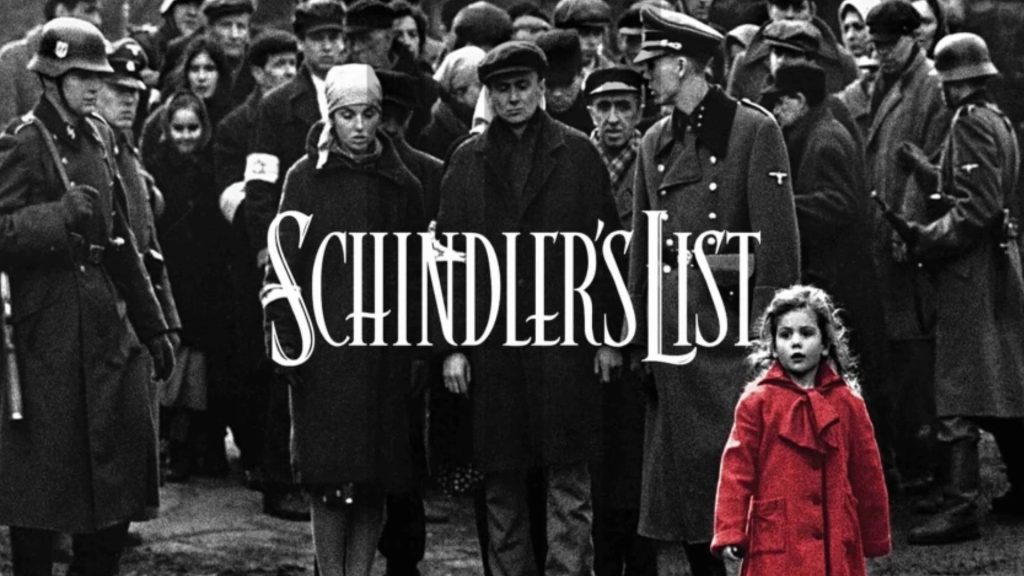
Spielberg recalled in an interview: “Tom found out that I’d decided to shoot the film in black-and-white. He was upset about that. He called me and said, ‘It’s a challenging piece of business by itself.'”
Why Insist On Color? Money!
Pollock has a track record of accepting or rejecting decisions that eventually create movies with impressive performances at the box office. He had the same intention with this movie; shooting in black and white won’t guarantee significant returns.

As an executive, Pollock’s primary objective was to create a movie with impressive revenue. He explained that the studio “agreed to put up $20 million to make the film. ‘But if you make it in black-and-white, it’s going to give us no chance to be able to recoup our investment.'”
Spileber Was Firm With His Decision
Pollock’s executive history didn’t phase Spielberg. He stood his ground, stating that Schindler’s List must be shot in Black and white, But why was he so confident in choosing a “boring” scheme for his movie?
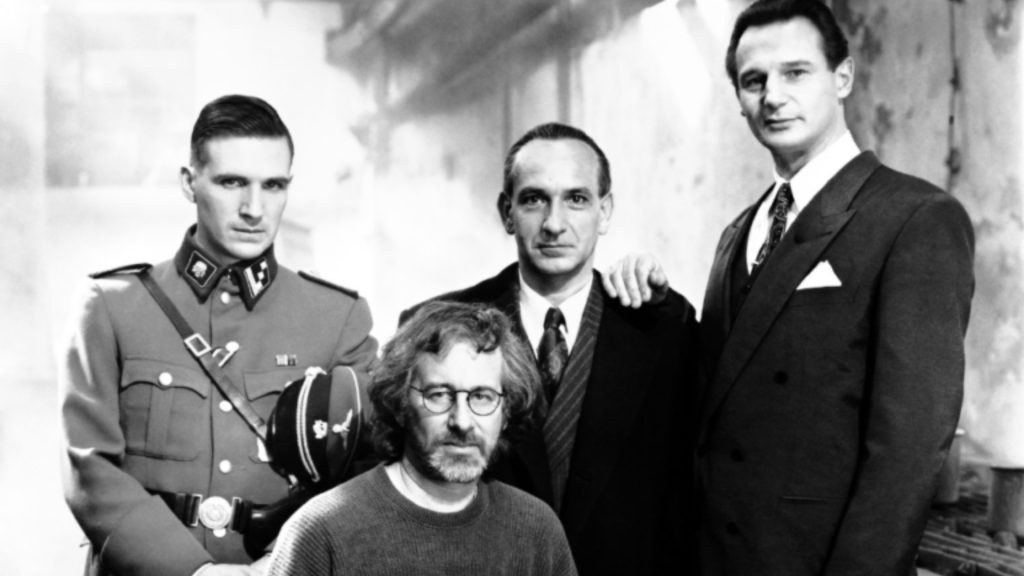
Speilberg concluded that color would infuse warmth and aesthetics into a movie with a grim tale. He argued that a movie about the holocaust shouldn’t be visually appealing but clear and impactful.
The Same Issue With ‘The Color Purple’
Speilberg cited The Color Purple as one reason he wanted Schindler’s List filmed in black and white. According to the director, critics bombarded him for romanticizing the dark subject addressed in the movie.
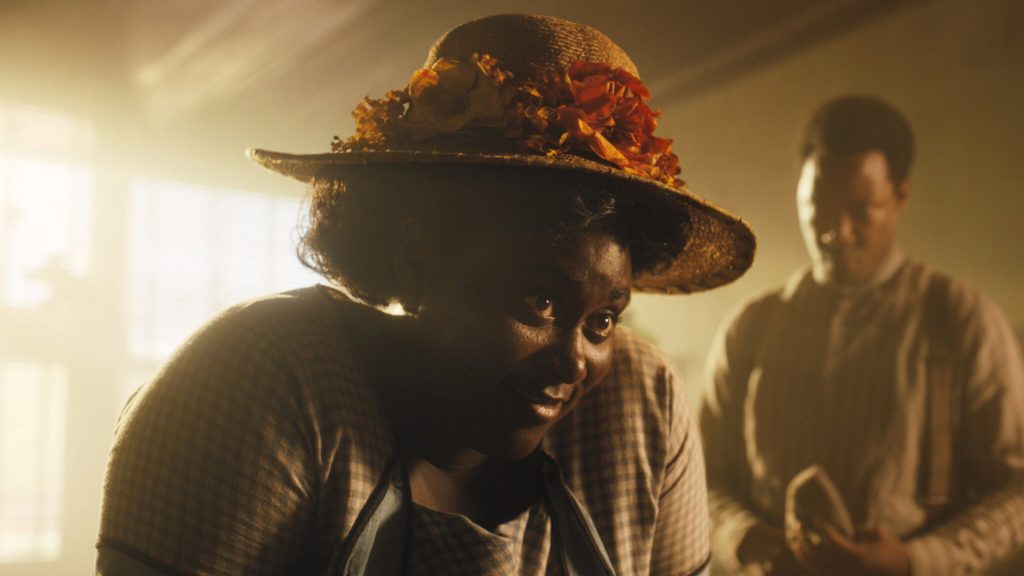
The director recalled in an interview: “I said, ‘If I make it in color, it’s going to do what shooting “Color Purple” in color did to “Color Purple. Except for George Stevens’ footage of the liberation of Dachau, everything that anyone’s ever been exposed to about the Shoah has been in black-and-white. I will not colorize the Holocaust.”
‘Shoot In Color, Release In Black And White’
Pollock admitted defeat after seeing Spielberg’s resolve on the color of Schindler’s List. His arguments seemed solid; however, the executive had one final proposition for the filmmaker that might align with his vision.

“Well, why don’t you shoot the film in color? You can release it in black-and-white, but we will sell the cassettes in color.” Pollock asked Spielberg. Spielberg revealed more details on the request, saying that the filmmaker could release Schindler’s List in black and white but make the colored one a “special edition” on VHS.
Spielberg Declined Again
Pollock’s request seemed to make sense. Filming in color but releasing in black and white seemed like a win-win situation. Pollock gets his colorful movie, and Spielberg keeps his monochrome cessation.
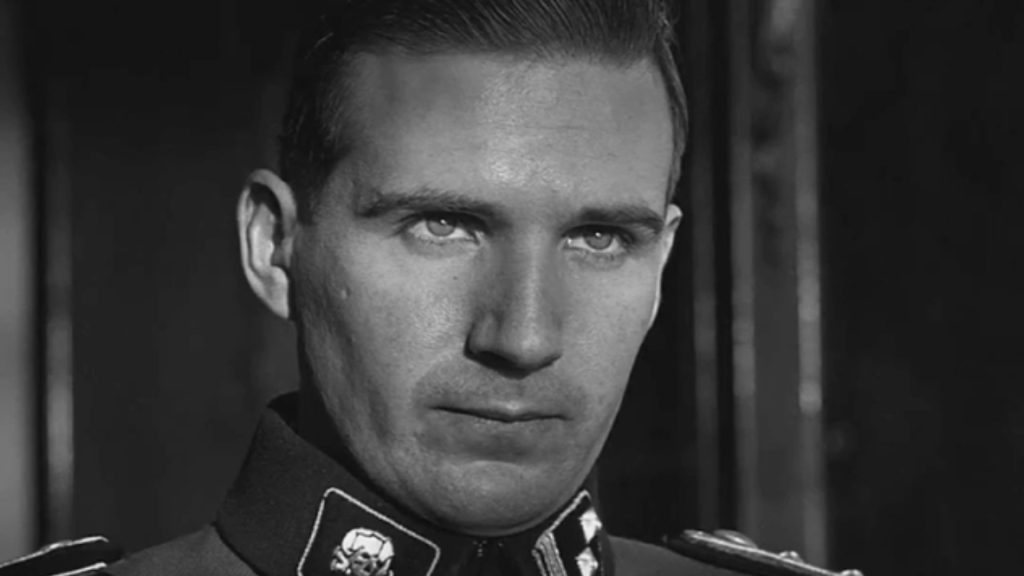
However, Spielberg declined the offer. He stated, “I don’t know the Holocaust in color. I wasn’t around then,” showing his dedication reflects the feelings of that era. So, although filming in color may seem like a smart compromise, it would have weakened the film’s emotional value.
Spielber’s Stubbornness Paid Off
Making these demands and going against executive orders is risky. How? If the film flops, the director is out of a job and may struggle with work in the future, we all know what Hollywood is like. But if it succeeds, they will have more freedom and trust in future projects.

Fortunately, Spielberg’s stubbornness paid off. Schindler’s List turned out to be a monumental success. The movie earned $322.2 million globally on a budget of just $22 million.
The Awards Kept Coming
Besides being a box office hit, Schindler’s List was well-received by critics. It was so good that it won seven Oscars and Best Picture. Even Spielberg won Best Director, but that’s not all.
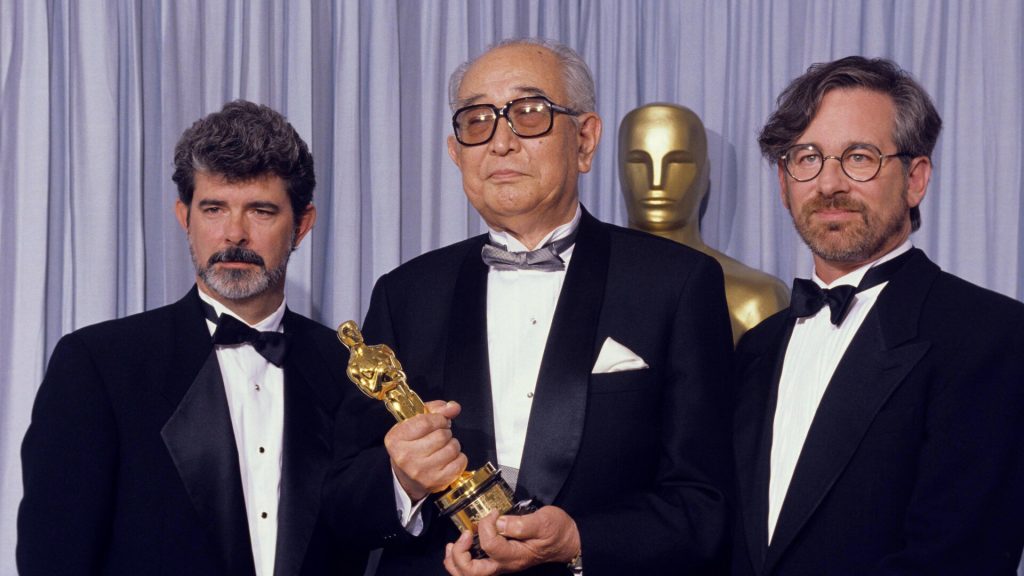
Several years later, in 2007, the American Film Institute ranked Schindler’s List as the 8th best film of all time on their list. This status earned it a selection for preservation in the United States National Film Registry by Congress.
Maintaining His Legendary Status
Spielberg’s artistic dedication, which led to his success on Schindler’s List, is one of many confirmations of his filmmaking genius. The legend is responsible for timeless titles like E.T. The Extra-Terrestrial, Jaws, Saving Private Ryan, Shrek, etc.
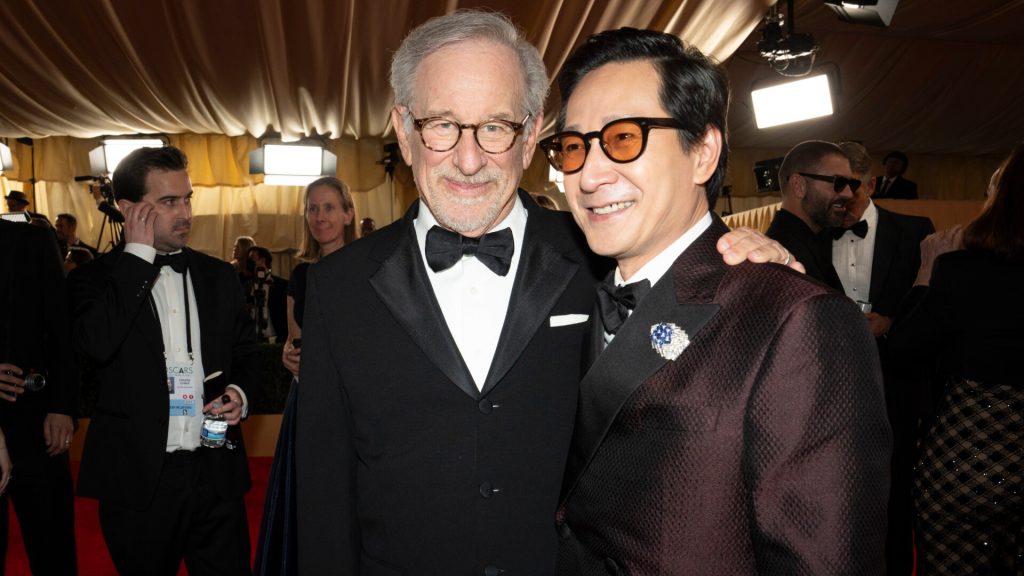
His outstanding performance earned him recognition from the Irving G. Thalberg Memorial Award. He was also nominated for six Academy Awards for Best Director and won twice.

